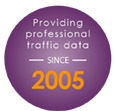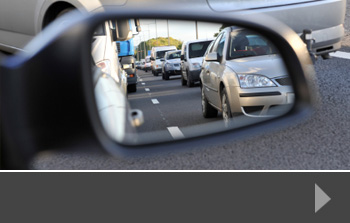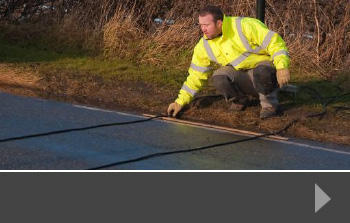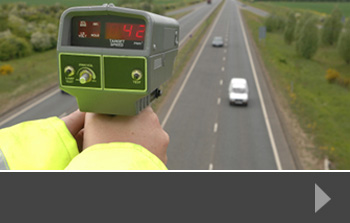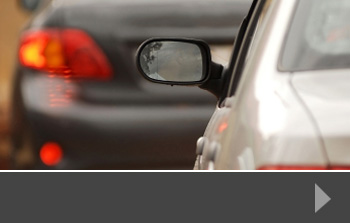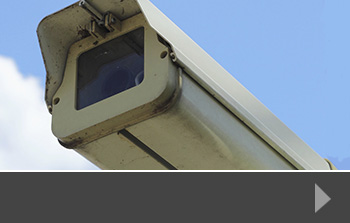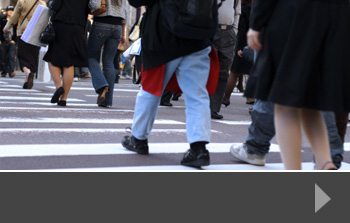Pedestrian surveys highlight access and environment issues
With the news that consultation is underway on making London’s Oxford Street pedestrianised, local authorities, planners and developers will be considering how to maximise pedestrian access to existing and new developments – and whether to commission a pedestrian survey to gather data on current use.
There are many reasons to increase pedestrianised areas – they provide a safer and more relaxed shopping, leisure and working environment; they improve the local eco-systems and they allow for additional use for the area, including markets, street entertainment, outdoor eating and more.
This is particularly true for office, retail and leisure areas, but developers are increasingly including pedestrian areas in residential planning too. Reducing traffic leads to a greater sense of community – it’s safer for children to play outside, for example, and pedestrian areas bordered by good landscaping provide areas for residents to socialise together.
Catering for pedestrians can be something as simple as wider footpaths, so that prams, buggies, wheelchairs and groups of walkers can all use it easily. It might extend into paved or pathed areas around the development, allowing for easy walking from one building to another, or for people to cut through a housing estate to reach the local amenities without needing to use the car.
Why pedestrian data matters
Well-planned pedestrian access relies on an understanding of how people use the environment in which they live and work. A pedestrian survey can give you that information for an existing area that may be part of redevelopment plans, or for a new development where priority is given to those who are walking or using bikes and public transport as an alternative to cars. These areas have to be safe, well-lit and planned so that they are intuitive to use.
It’s particularly important that pedestrian areas cater for those who have mobility problems, and that developers understand how people are accessing the site – in an urban setting, for example, many people might be coming from public transport stops, so areas serving this type of use need to be wider, lit at night and possible also offer shade and weather protection.
Where there are roads, thought needs to be given to safe pedestrian crossings, which need to be sensibly planned, and be adapted for those who need additional assistance crossing the road.
Pedestrian surveys from RDS
At Road Data Services, we carry out a range of manual and video surveys to see how pedestrians use an area currently, and to highlight where there are danger points or key areas to consider, such as school entrances or hospital facilities. These surveys can be stand-alone or paired with our traffic surveys so that you get all the data you need to make informed development or planning decisions. To find out more, contact us today.

